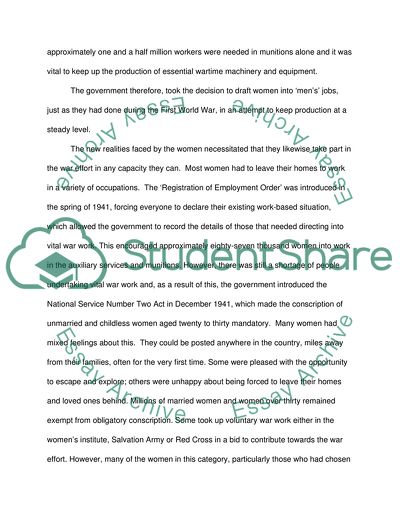Cite this document
(Effect of War on Women: Emancipation or Bondage to Tradition Article, n.d.)
Effect of War on Women: Emancipation or Bondage to Tradition Article. https://studentshare.org/sociology/1549060-iraq-war
Effect of War on Women: Emancipation or Bondage to Tradition Article. https://studentshare.org/sociology/1549060-iraq-war
(Effect of War on Women: Emancipation or Bondage to Tradition Article)
Effect of War on Women: Emancipation or Bondage to Tradition Article. https://studentshare.org/sociology/1549060-iraq-war.
Effect of War on Women: Emancipation or Bondage to Tradition Article. https://studentshare.org/sociology/1549060-iraq-war.
“Effect of War on Women: Emancipation or Bondage to Tradition Article”. https://studentshare.org/sociology/1549060-iraq-war.


